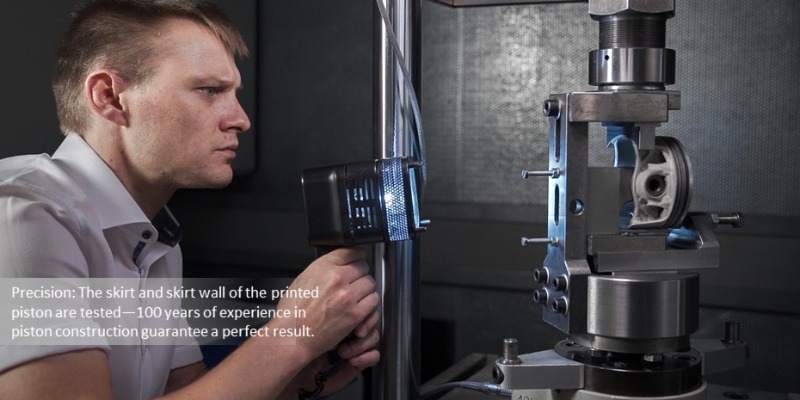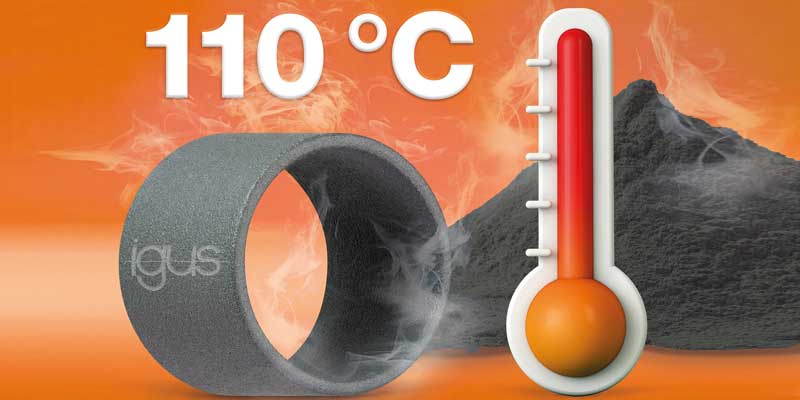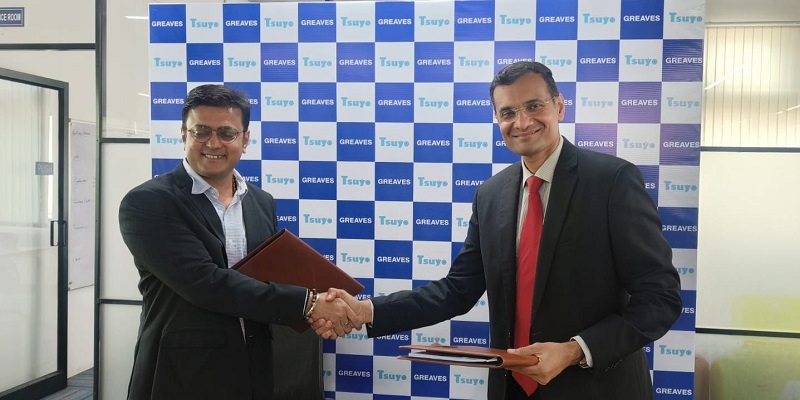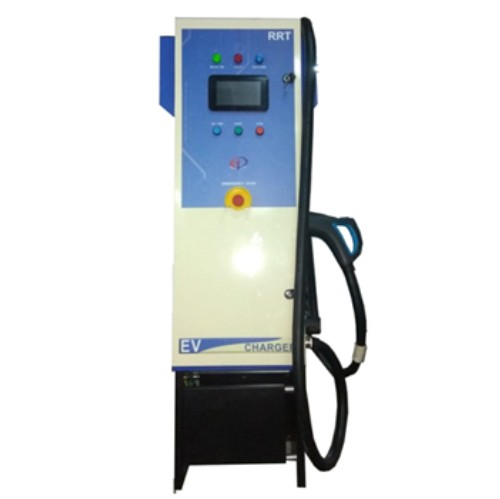Schedule a Call Back
MAHLE, Trumpf & Porsche collaborate to make 3D printed aluminium pistons
 Industry News
Industry News- Jul 30,20

Related Stories

A real "hothead": Igus launches new SLS printing material
Igus offers iglidur i230, its first 3D printing material for polymer components that withstands temperatures of up to 110°C.
Read more
Freudenberg India to invest Rs 350 crore in CY 2024 for expansion
Globally, Freudenberg Group’s operating profit reaches Euro 1.1 billion, surpassing the 1 billion mark for the first time (up 15 percent).
Read more
Greaves Cotton ropes in Tsuyo to make components for low-speed 3-wheelers
This collaboration underscores Greaves Cotton's endeavour to leverage Tsuyo's expertise in electric vehicle technology and manufacturing machinery to enhance its capabilities in the electric L3 vehi..
Read moreRelated Products
Tata Motors unveils facilities for development of Hydrogen propulsion tech
Tata Motors, India?s largest automobile company, unveiled two state-of-the-art & new-age R&D facilities for meeting its mission of offering sustainable mobility solutions. The unveilings constitute of Read more
Tata Motors plans petrol powertrain for Harrier and Safari SUVs
Tata Motors is in the process of developing a new petrol powertrain for its premium sports utility vehicles, the Harrier and Safari, as confirmed by a senior company official. Currently, these models Read more

Electric Vehicle Charger
RRT Electro is engaged in manufacturing of customized Power Electronic Products over two decades having capability to Design, Develop, Prototyping, Regulatory Compliance testing & Certification, Manuf Read more














